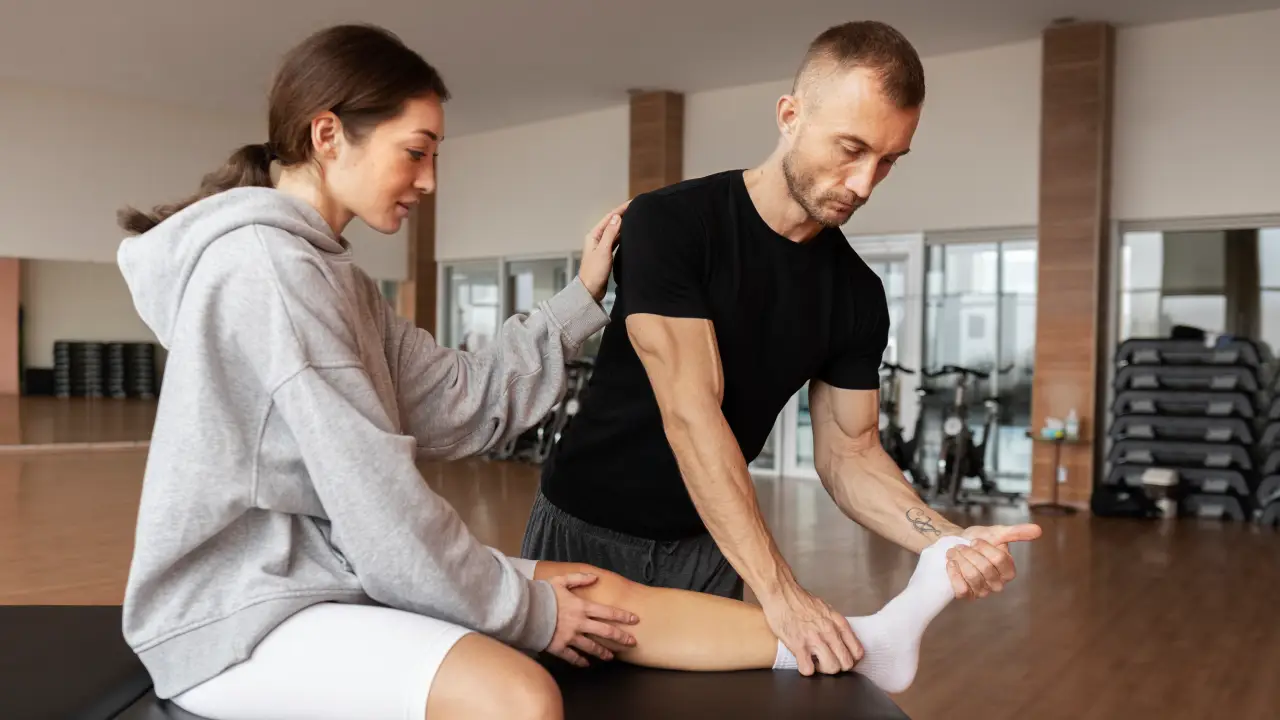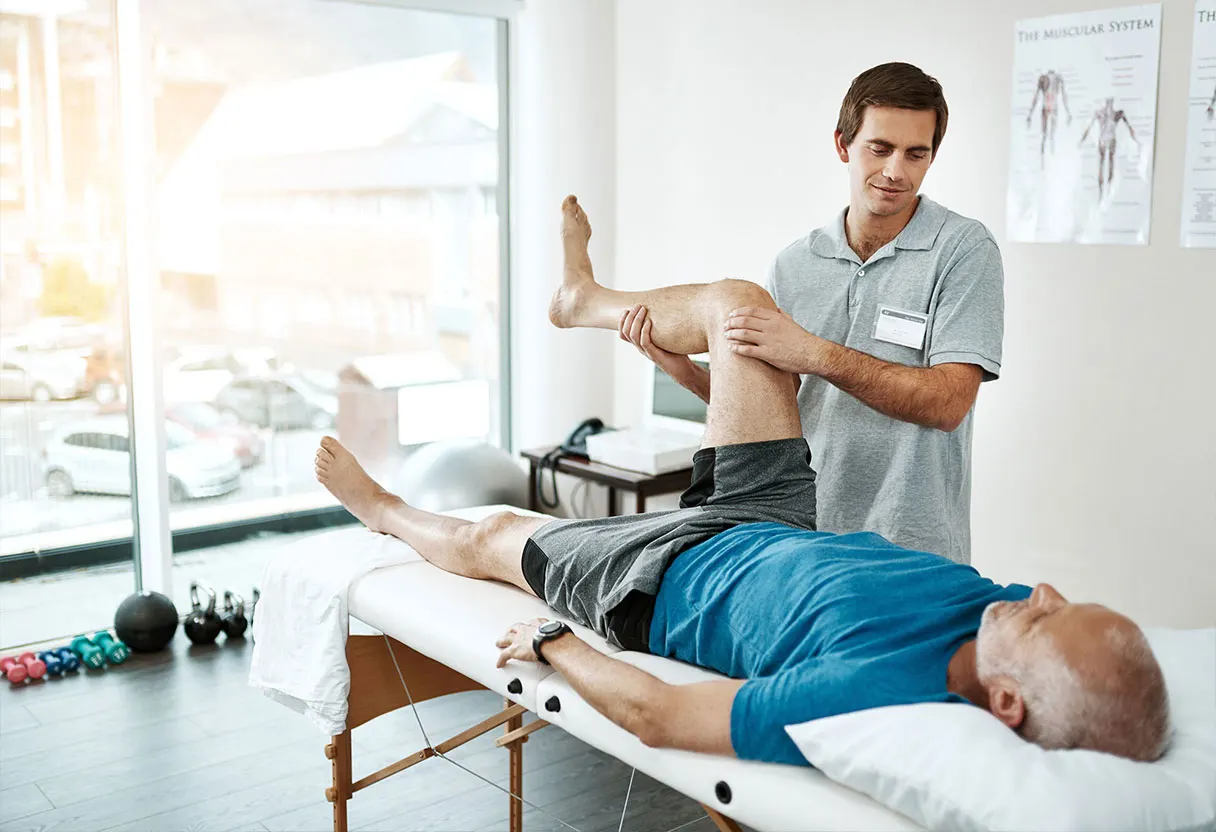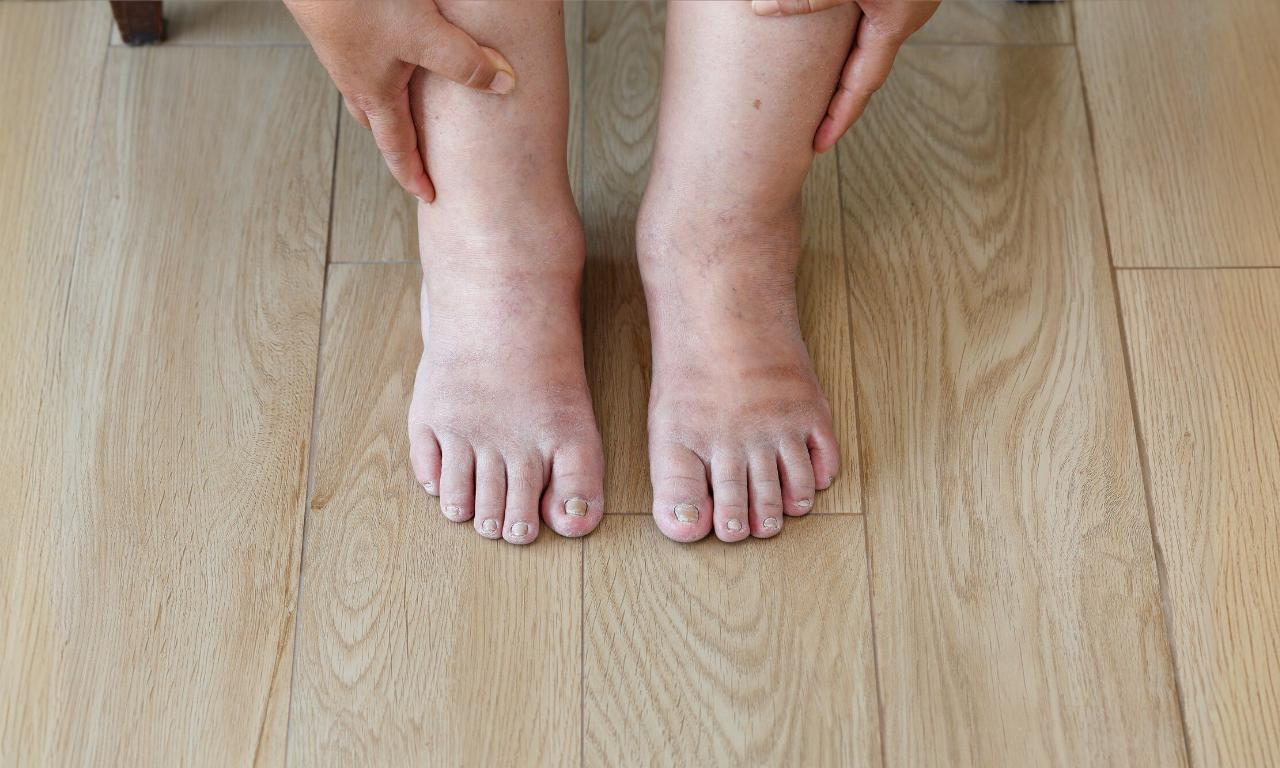More Recent Blogs
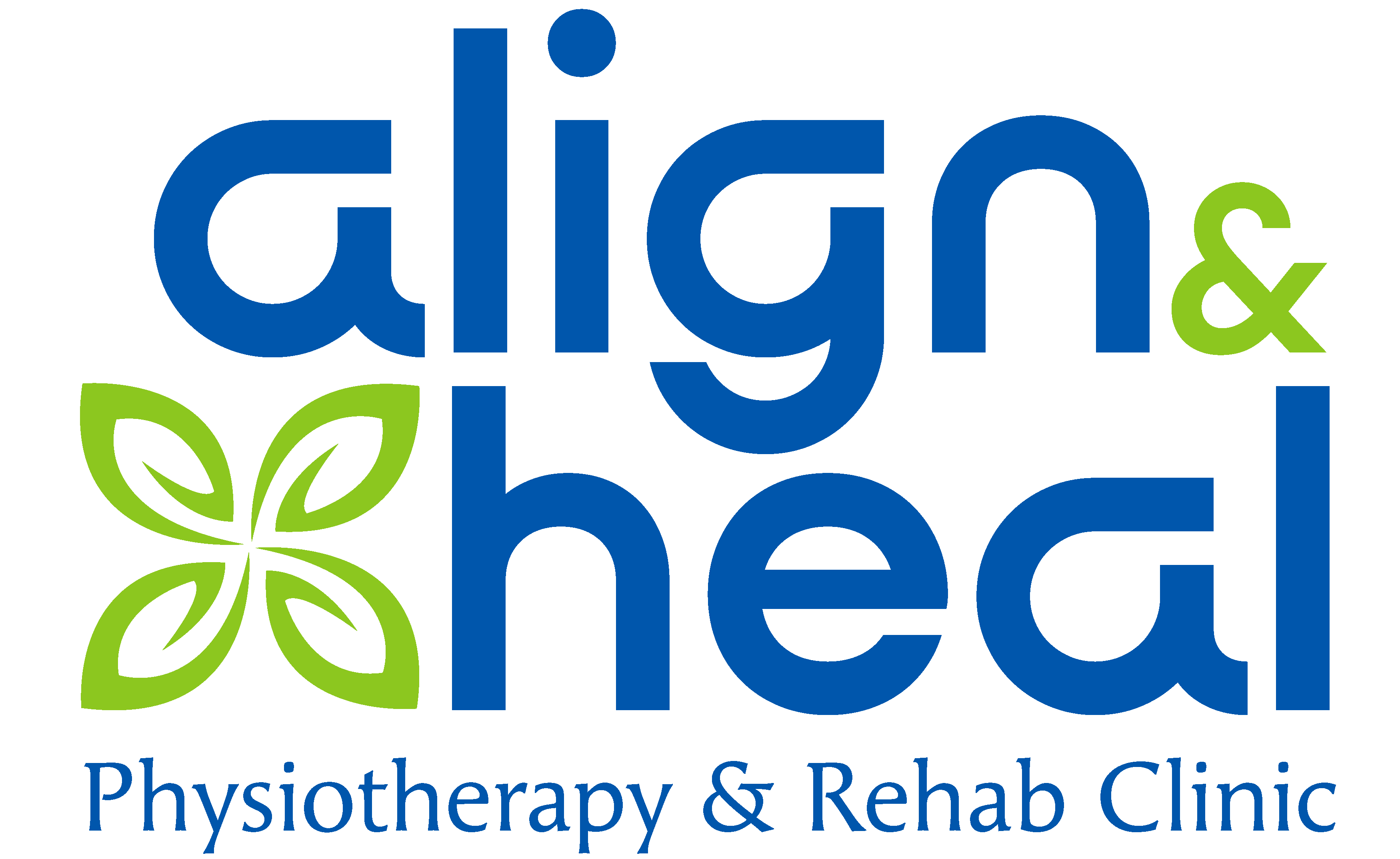
Book An Appointment
235 Advance Blvd #1, Brampton, ON L6T 4J2, Canada
Email: info.alignandhealclinic@gmail.com
Book Appointment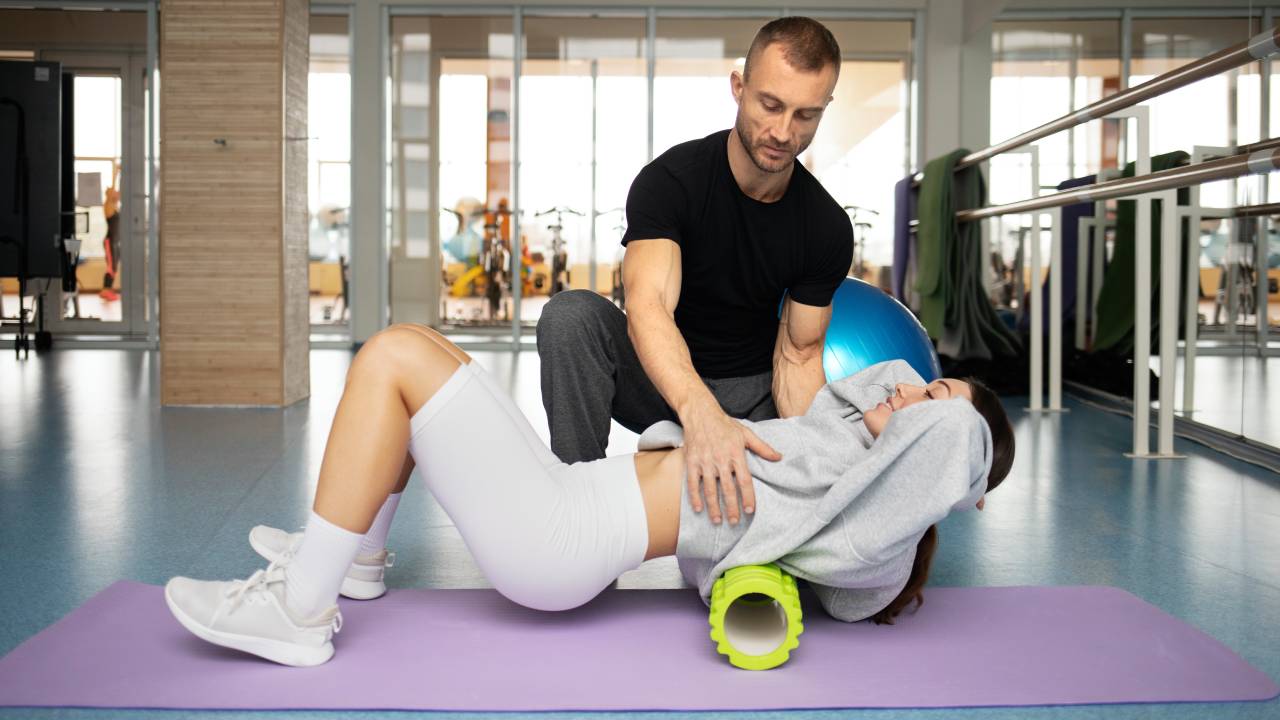
Thu Aug 7
9 Ways Physiotherapy in Brampton Can Support Recovery from a Sports Injury
What Happens After a Sports Injury?
Whether it’s a sprained ankle during a weekend game or a pulled muscle from intense training, sports injuries can disrupt mobility, function, and Confidence. Recovery isn’t just about rest; it’s about returning to movement in a structured, supportive way that reduces the risk of re-injury.
Why Consider Physiotherapy in Brampton for Recovery?
Sports injuries affect people differently depending on the sport, age, and body mechanics involved. Many Brampton residents turn to physiotherapy to regain mobility, improve strength, and rebuild coordination after being sidelined by injury.
Physiotherapy in Brampton focuses on functional recovery. It does this through personalized movement-based treatment plans, physical assessments, and targeted exercises, all designed to restore what was lost and prepare the body for regular activity again.
Here are nine ways physiotherapy in Brampton supports the recovery process for sports-related injuries:
1. Accurate Assessment of the Injury
The first step to effective recovery is identifying exactly what’s going on beneath the surface. Physiotherapists perform a detailed evaluation that looks at the root cause of pain, range of motion limitations, and compensations in movement. This sets the foundation for an informed plan, rather than a one-size-fits-all approach.
2. Restoration of Joint Mobility
Many sports injuries involve joint stiffness or swelling. Physiotherapy in Brampton often includes manual therapy and guided exercises to restore the range of motion in affected joints gently. This helps reduce inflammation and improve overall alignment during the early recovery phase.
3. Muscle Strengthening Without Strain
Weakness in key muscle groups can develop quickly after an injury, primarily when mobility is restricted. A physiotherapist structures a progression of strengthening exercises that rebuild function without placing the injured area at further risk. The focus is always on gradual load-building, not just pushing through discomfort.
4. Postural Correction and Movement Retraining
After an injury, it’s common to unconsciously shift how you walk, stand, or lift, leading to poor posture and new pain points. Physiotherapy in Brampton includes movement analysis to help correct these compensations. Over time, this reduces strain and encourages proper technique during both sport and daily tasks.
5. Support With Flexibility and Tissue Recovery
Tight muscles, fascia, or scar tissue can limit progress if not addressed early. Treatment often includes targeted stretching, soft tissue techniques, and guided mobility work to ensure flexibility returns in a balanced way. This prevents further limitations as training intensity increases.
6. Education on Load Management
Returning to play too quickly can trigger re-injury. One of the key advantages of physiotherapy in Brampton is guidance on how much load, in terms of training or daily movement, your body can tolerate at each stage of healing. Understanding when to rest and when to push is vital for long-term outcomes.
7. Progressive Return-to-Sport Planning
Physiotherapists don’t just treat symptoms; they build structured return-to-play timelines. Whether you’re training for a local race or preparing for league games, your plan can be customized to gradually increase intensity while monitoring your body’s response along the way.
8. Injury Prevention Coaching
Once you’ve recovered, physiotherapy continues to play a role. Many clinics in Brampton integrate injury prevention techniques into their care, from warm-up routines and strength programming to footwear recommendations and sport-specific drills. These tools help reduce the likelihood of future setbacks.
9. Mental Confidence Through Guided Recovery
Recovering physically is only part of the process. Athletes often experience hesitation or fear of re-injury when returning to sport. Physiotherapy in Brampton provides reassurance, structure, and positive reinforcement that help individuals rebuild Confidence in their bodies’ abilities.
How Long Does Recovery Typically Take?
Recovery time depends on the severity of the injury, how early physiotherapy begins, and how consistent the patient is with the plan. Mild strains may improve in a few weeks, while more complex injuries can take months. However, early intervention, combined with a structured program, can significantly reduce healing time.
What Should You Expect from a Sports Injury Physiotherapy Plan?
A typical recovery plan may include:
- Manual therapy
- Corrective exercises
- Balance training
- Home care recommendations
- Ongoing assessments
- Clear return-to-play milestones
Physiotherapy isn’t about quick fixes; it’s about building a strong foundation so you can return to sport safely and confidently.
Moving Forward
If you’re dealing with a sports injury, structured recovery makes all the difference. A tailored physiotherapy plan offers support beyond just treating pain; it builds long-term strength, mobility, and Confidence.
For those seeking physiotherapy in Brampton, Align & Heal Physiotherapy provides care plans that support movement, recovery, and a safe return to activity.
